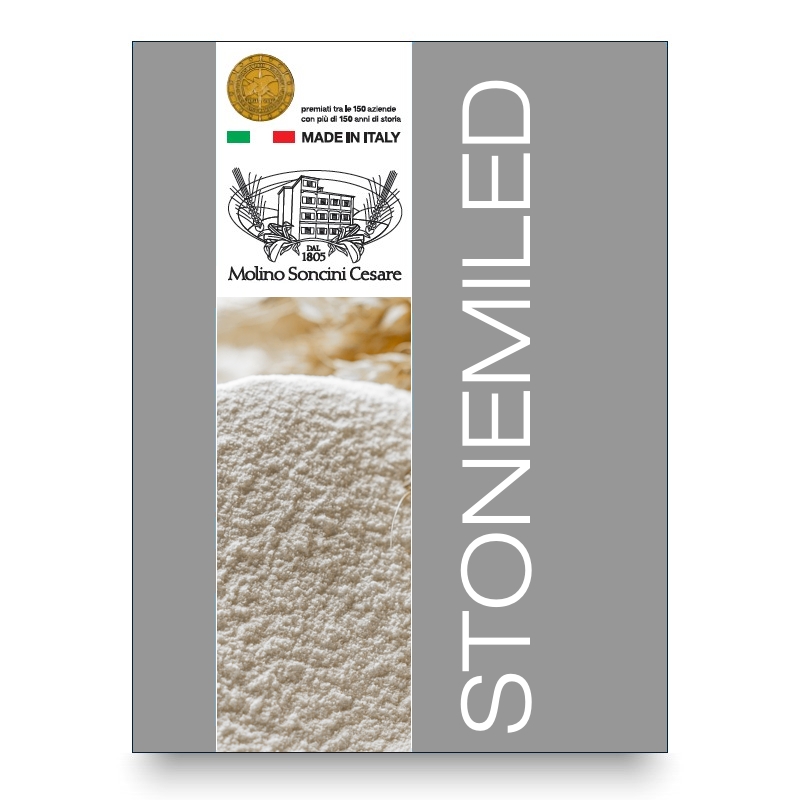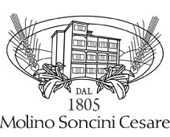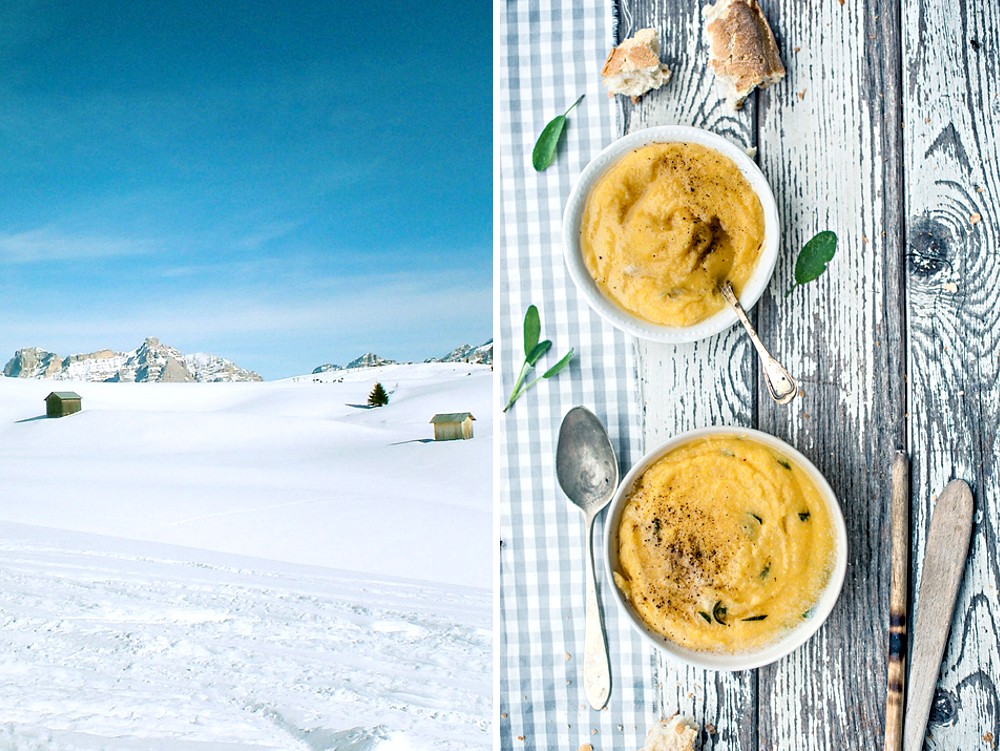"Cured" polenta means that it is dressed. It is a typical polenta dish found right across the Alps, from Trentino Alto Adige in the east to Val d'Aosta in the west. The quintessential everyday food, as well as being an excellent and substantial protection against the cold and harsh winters of the Italian Alps, it is prepared with corn grown from graminacea (a type of grass) that originates in Central America that reached Europe via Christopher Columbus. Many different ingredients can be used to make cured polenta: various types of typical Alpine cheese (Casolét, Puzzone di Moena, Spressa delle Giudicarie, Fontal, Formaggio Dolomiti), Lucanica trentina, Alto Adige speck (smoked ham), pancetta or sliced lard, or it can be served simply with fresh butter. Polenta can be either soft and smooth, as in our recipe here, or it can be made in a more compact form that requires brief baking to give it a crunchy surface. It is excellent when eaten alongside any of the best-known Trentino wines: Cabernet Franc, Lagrein, Merlot, Santa Maddalena or the excellent local Schiava.


